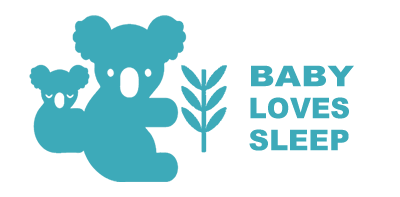Your Cart is Empty
$8 FLAT RATE SHIPPING USA | FREE $80 & OVER | PAY IN 4 WITH SEZZLE
Menu

$8 FLAT RATE SHIPPING USA | FREE $80 & OVER | PAY IN 4 WITH SEZZLE

Your Cart is Empty

July 19, 2021 3 min read
Just when you think you’ve mastered the art of baby sleep, they develop a new skill: rolling over!
This sweet little milestone is all fun and games, until suddenly all your best laid sleep routines are thrown out the window! Your little one will want to explore their new found freedom by rolling from back to belly, belly to back, and every which way in between, right when they should be sleeping.
So… what happens now?
Experts recommend the following strategies to assist with babies learning to roll:
While your baby is fine tuning their roly-poly skills, be prepared for a few restless nights (and a little frayed patience) but stick to your usual bedtime routine, take a deep breath, and remember: this too shall pass!
Very soon your little one will settle into their new sleep routine, and life will go back to normal – until they discover and master their next milestone: pulling to stand!
At what age did your baby learn to roll?
Reminder: Your baby’s safety should always be your first priority
Always follow the AAP guidelines on safe sleeping:
Try giving a pacifier at nap time and bedtime.
For more information visit the AAP guidelines on safe sleeping for babies
Sign up to get the latest on sales, new releases and more …